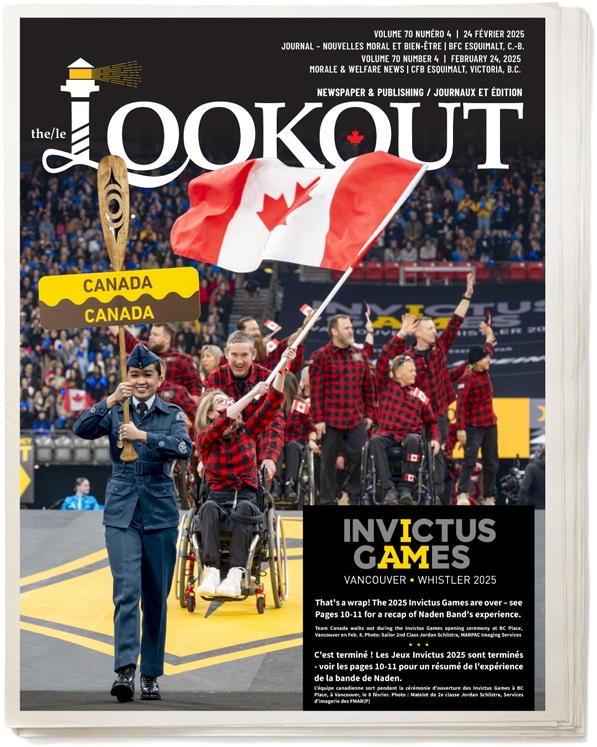Naval Boarding Party training – a tactical evolution
By Lookout on Mar 19, 2020 with Comments 0

Imagery captured during the Naval Boarding Party Course Graduation at NAD in Halifax, Nova Scotia, Feb. 20. Photo by Leading Seaman John Iglesias, Canadian Armed Forces
MS Matt Swain, Canadian Fleet Atlantic ~
When Canada’s warships head out on missions to thwart crime in the global marine environment, they take with them a highly trained vessel boarding and search capability.
To generate these parties of boarding specialists is an equally elite, tiered training program delivered by the Naval Tactical Operations Group. Training starts with the Naval Boarding Parties Basic and Supervisor courses, and then a team training.
Three Naval Boarding Party (NBP) Basic courses have been completed – two on the West Coast and one on the East.
This fast-paced, physically demanding six-week course teaches students a variety of skills including legal considerations, searching techniques, personnel control skills, tactical shooting, comprehensive close quarter battle, and combat first aid. Each phase of the course ends with an exam that students must pass in order to progress. If the student is unsuccessful, they are returned to their respective units and, depending on the nature of the failure, may be given the option to reattempt.
The course ends with a realistic final exercise designed to test all aspects of the course. Senior Instructor, PO1 Chris Nowlan is tasked to ensure the course provides tactical realism and a challenge that leaves successful students with a sense of accomplishment from their hard work.
Graduates earn a badge, one of three skill badges introduced by the navy in May 2019 to recognize their specialized skill sets.
A badge is earned by achieving progressively more challenging course milestones that ensure students have the right attitude and motivation, regardless of rank.
In keeping with NTOG’s culture of invested small team leadership, officers are expected to both lead the team and, by creating a positive training atmosphere, mentor junior sailors to overcome any challenge they may encounter.
NBP training is for motivated, fit and adventurous navy personnel looking for a challenge. To ensure a successful application, a sailor should express interest to his or her immediate supervisor. They will ensure the chain-of-command contacts the correct people to make the registration on the next available course. Interested applicants must be current in weapons handling with passing grades on C8/Sig Sauer refresher training within the past 24 months. They must be comfortable with heights or in confined spaces. An NETP qualification and currency in standard first aid are also pre-requisites. It should also be noted that, while there is no minimum physical fitness standard, past graduates would concede that potential applicants, who arrive for the course prepared for a physical and mental challenge, will enjoy the course more than those who struggle on Day One.
What the students say:
Able Seaman Saif Morsy, after completing the course on Feb. 20 in Halifax
“What set the tone for me at the start of the course was how [the staff] made a point to say they wanted to give us a product that we could be proud of, and that was evident throughout the entire course…Safety and respect were at the forefront of every lesson and there was never a point where I felt (the course) compromised either of them. Training was scaled to the ability of the students, which gave people who had less experience more time and confidence to hone skills for assessments. It genuinely felt like an environment that students could grow in, whether it was through a leadership role or developing assertiveness through team focused skills.”
SLt Tori Brown, one of two women who successfully passed and was badged upon graduating
“When I heard I was going to be on the first NBP Basic Course taught by NTOG, I was a little intimidated. I knew that the NBP course was challenging, but I wondered what was to come now that NTOG was taking over. This was the most challenging course I’ve done in my career, but it was also the most rewarding. I take a lot of pride in myself and everyone who graduated the course. The instructors had high expectations but were 100 per cent invested in everyone’s success and worked hard to ensure all students reached their full potential.”
Filed Under: Top Stories
About the Author:





